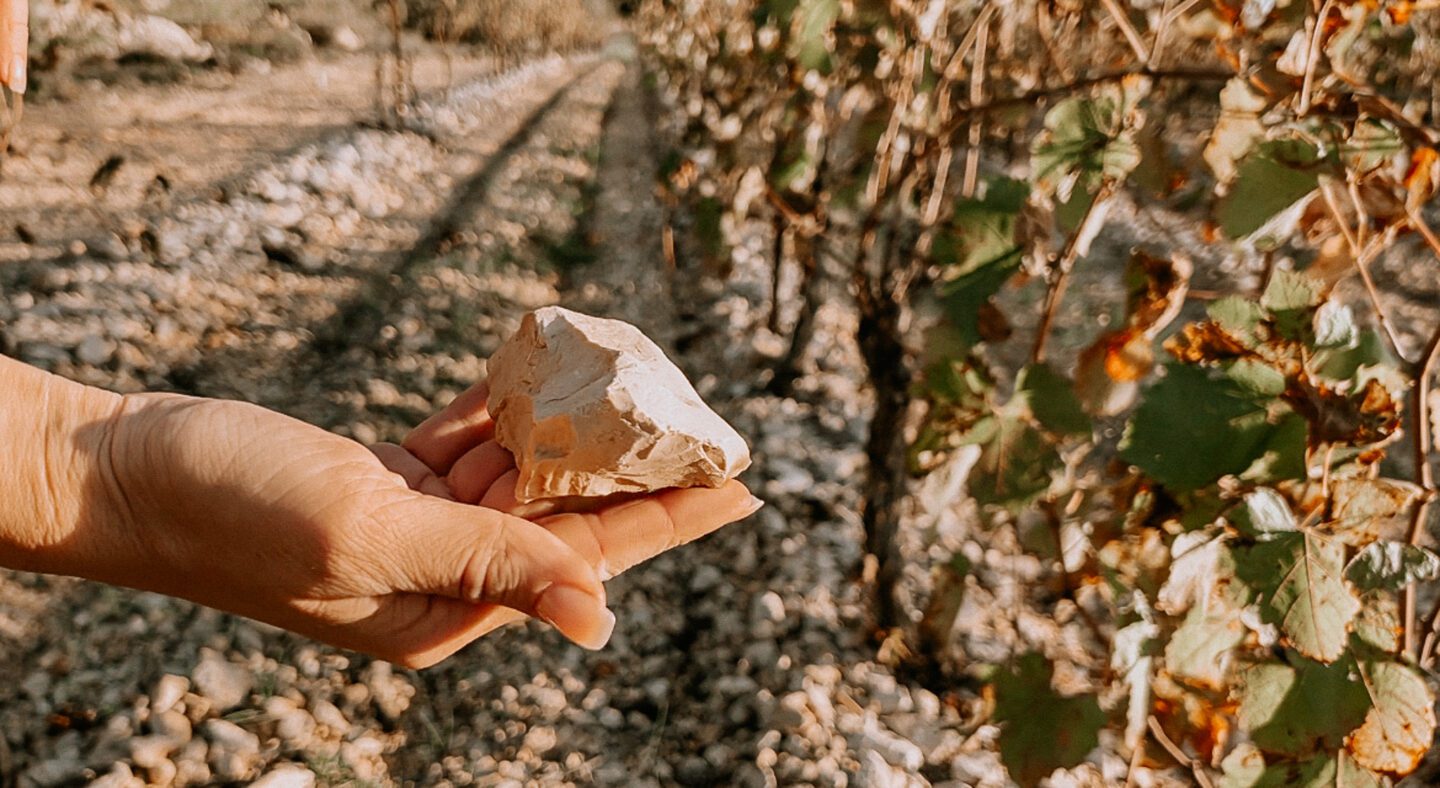
Sustainability is a hugely important factor that many industries around the world are starting to wake up to the need for, and the wine industry is certainly not exempt. There are many within the wine world who make sure they don’t only produce delicious products, but do so in a way which protects local ecosystems, communities and traditions, and I have recently been in close contact with one such organization. Today, I wanted to talk about a new project I have been privileged enough to work on, with Castelbarry. They are a cooperative winery making huge strides in polyculture, biodiversity and historic preservation.
Working with them has made me pause on several occasions, take in the breathtaking scenery of Southern France, people around me, and reflect on the positive that exists in our world.
Castelbarry was initially founded in the 1950s by a group of winemakers who wanted to preserve their land, traditions and history, while developing new sustainable practices for the benefit of the environment and their local community. Sustainability in the 1950s?! I know… I think you can agree that they were well ahead of their time.
The cooperative is based in Montpeyroux, a uniquely special corner of the Languedoc-Roussillon region of France (if you are interested in learning more about this region, check out my road trip guide). The vineyard terraces of Montpeyroux are elevated above Herault Valley and nestled amongst an incredibly quaint castle-village with a history as rich as the flavors of the wines produced there. The village is sometimes referred to as “the one street village” because it literally has only one road running through. Here, the closely-knit community works together to do their bit to make the world a better place for all its inhabitants.
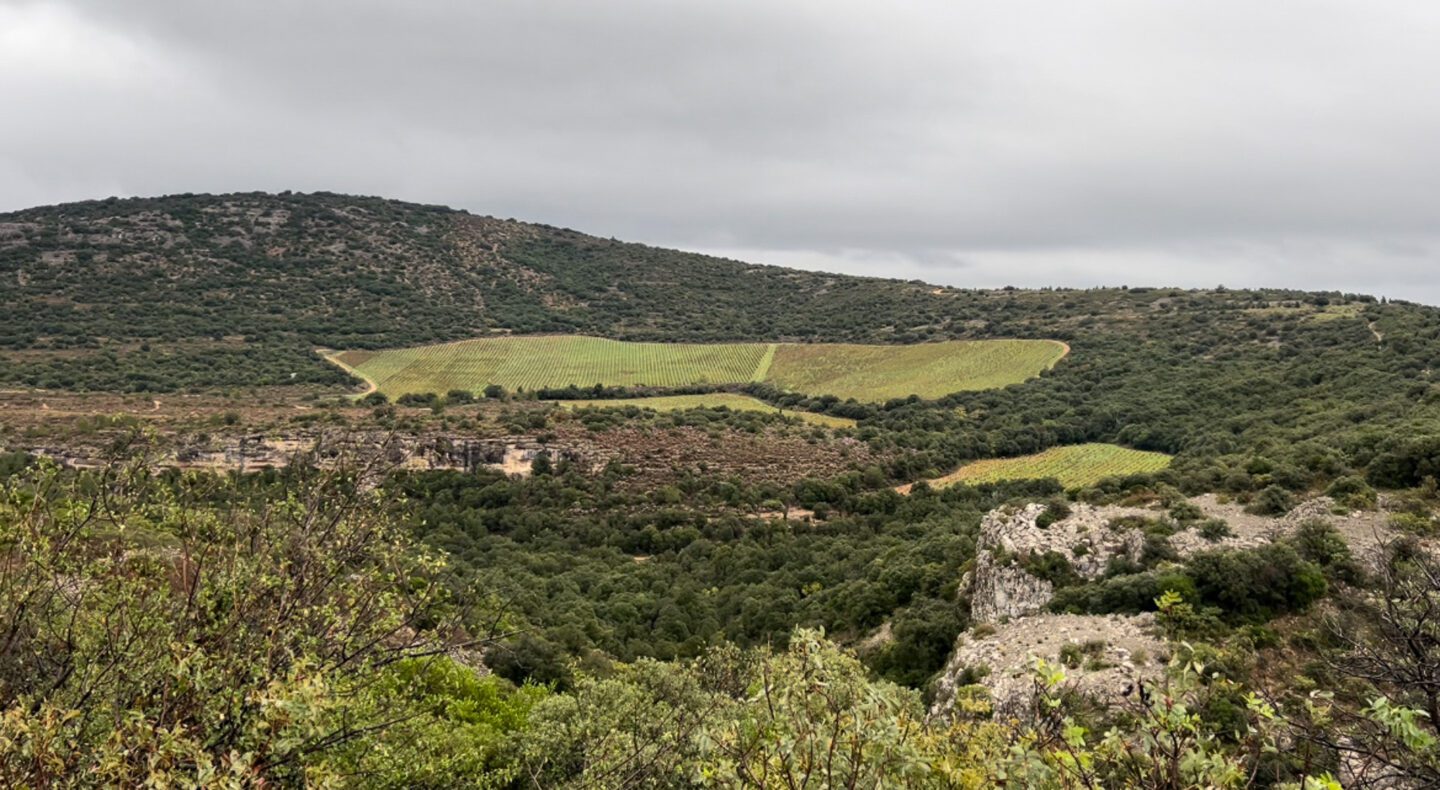
One of the best parts of my job is traveling to lesser-known regions like Montpeyroux. I experienced the area firsthand while meeting with truly inspirational people. I had the opportunity to interview Bernard Pallise, Director-General of Castelbarry Cooperative. My interviews are in French. We touched on several fascinating subjects, a few of which I recount below:
– The importance of bees! Most of us know that bees are hugely critical to local ecosystems all over the world but unfortunately their populations are reaching dangerously low levels. Castelbarry’s sustainability initiatives include the protection of local insect (not pest!) species, building little insect ‘hotels’ and avoiding the use of damaging pesticides. Bernard recounted a hilarious story of the personal sacrifice he once made to save the bees when he was transporting a box of hives from one location to another and the box tipped over as he was driving. Ever worried about the police pulling you over? Key tip: keep a box of overturned bee hives on your backseat! They will never ask you to roll your window down.

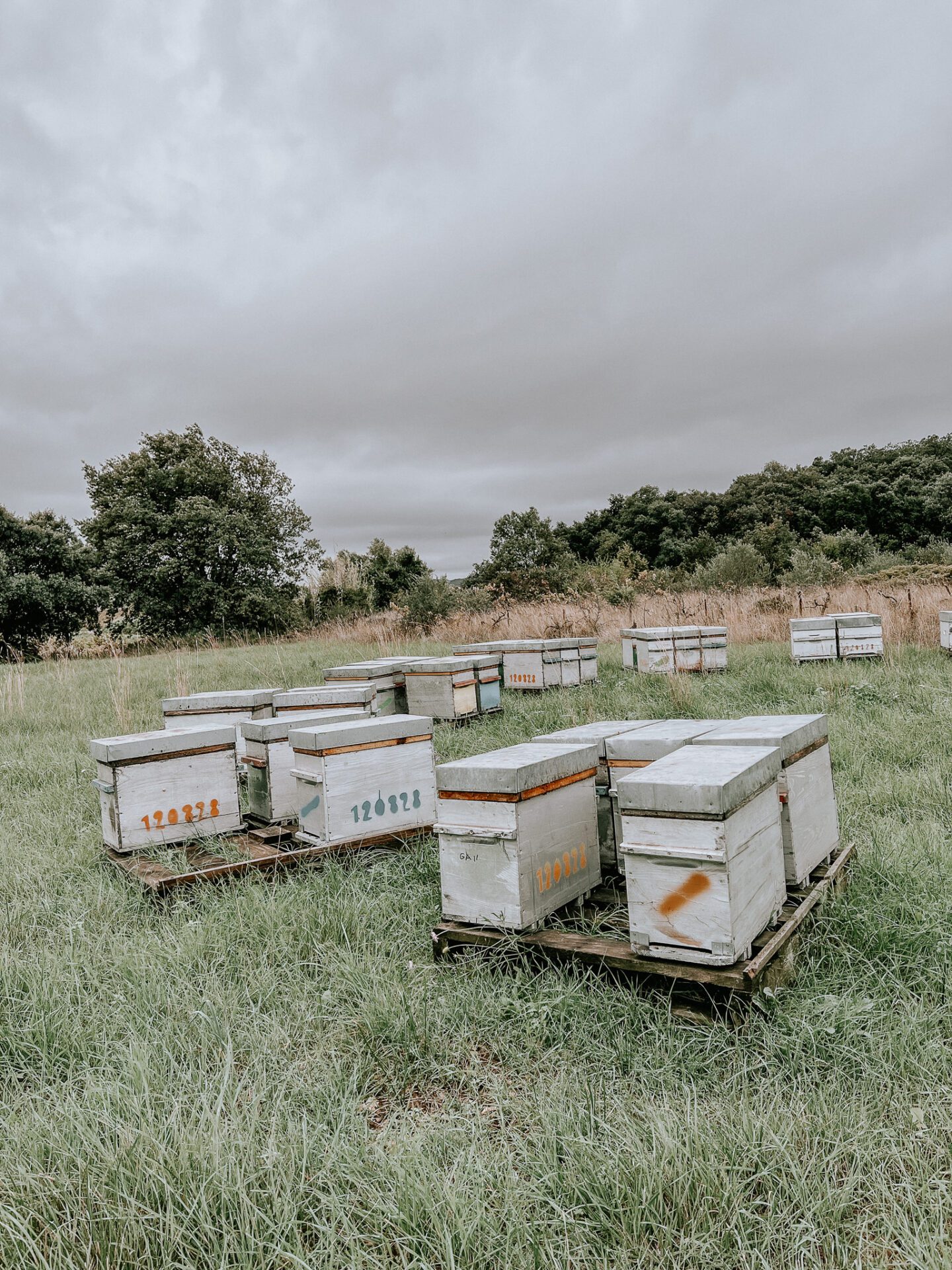
– The dedication! Not only to the success of the cooperative, which is undeniable, but to so many different aspects of the area: the village community, local wildlife, climate and environment and the historical integrity of Montpeyroux. Some examples of this are as follows:
o Castelbarry’s exclusive partnership with local suppliers makes up 30% of Montpeyroux’s GDP and involves over one hundred families;
o Ongoing trainings for members of the cooperative, as well as their staff and seasonal workers, making sure to maintain the high standards they strive for;
o Restoration of ancient structures and walls as well as the creation of biodiversity protection zones.
– The abundance of sheep! When you think of a typical vineyard landscape, you don’t tend to imagine sheep wandering around the vines. However, that is one of the many charming idiosyncrasies that Montpeyroux offers up. The local shepherds boast a combined flock of over 400 sheep and Bernard and I discussed how these livestock help the vineyards and maintain the ecosystem balance. A sight I will never forget: watching the flock rise up over the hillside and meander through the organic vineyards, grazing happily while accompanied by the melodic ringing of the bells dangling from their necks. I must confess, the friendly curiosity of the sheep did charm me to the extent I felt a certain temptation to sell all my earthly belongings and become a shepherd!

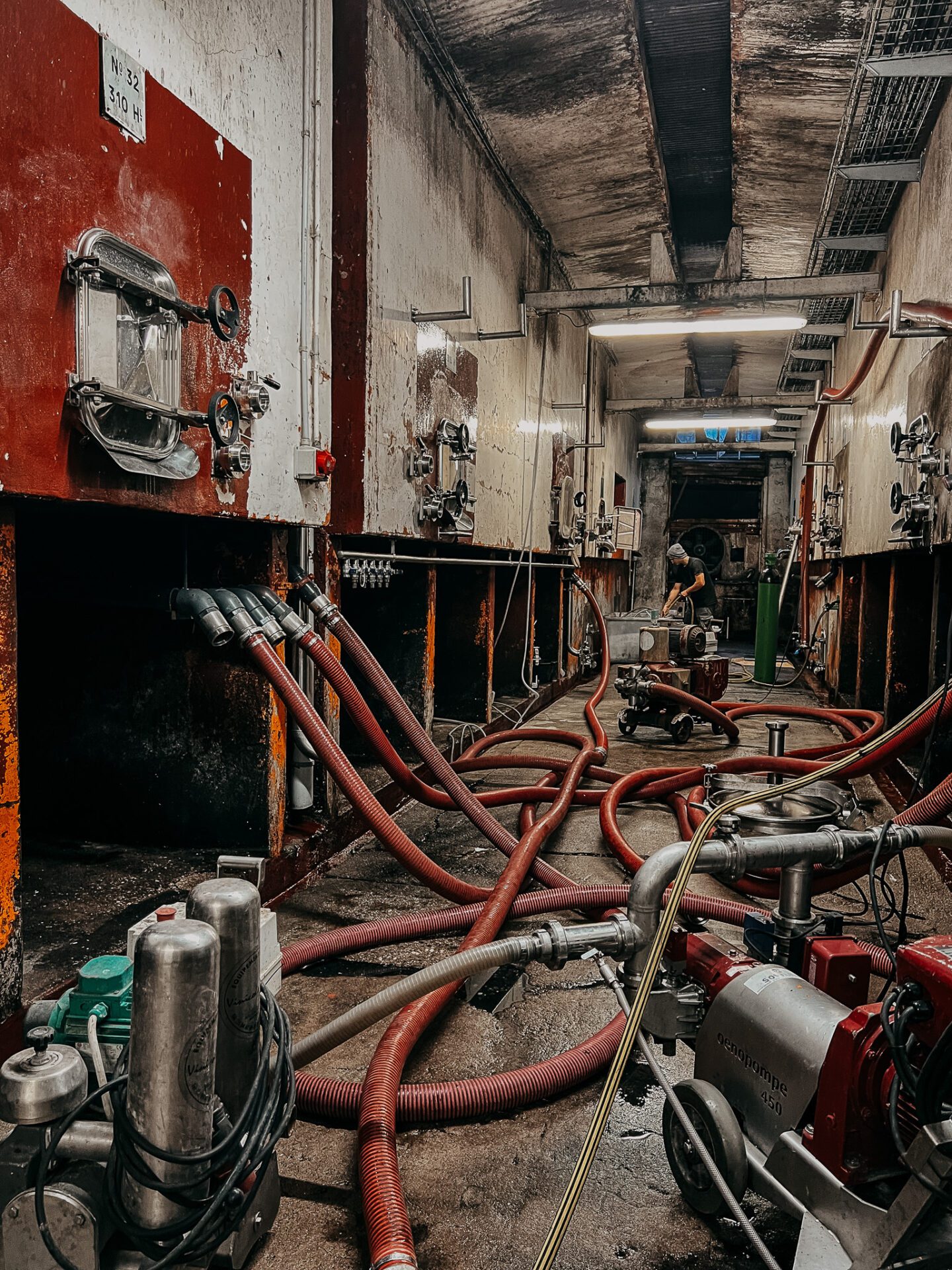
After my conversations with Bernard, I had the chance to witness the fine work in the winery firsthand. The diversity of gender and ages was really heartwarming to see, young men and women beginning their careers alongside seasoned winemakers and viticulturists – an authentic mentor program that can only really be found in such a close-knit society as in Montpeyroux. If I wouldn’t have threatened the quality of the process, I would have loved to join in with the young workers as they diligently cleaned the winery, took samples from the vats and delivered them to the oenologist, Léo Guillaumou, each of them wearing their wine-stained hands as badges of honor. Luckily, my visit coincided with that of Iain Munson, Master of Wine. He sampled the wines alongside Léo. My own tastings experiences with Bernard and Léo helped in deepening my knowledge of Languedoc profiles and adding an invaluable dimension to the complexities of blending and influence of altitude.
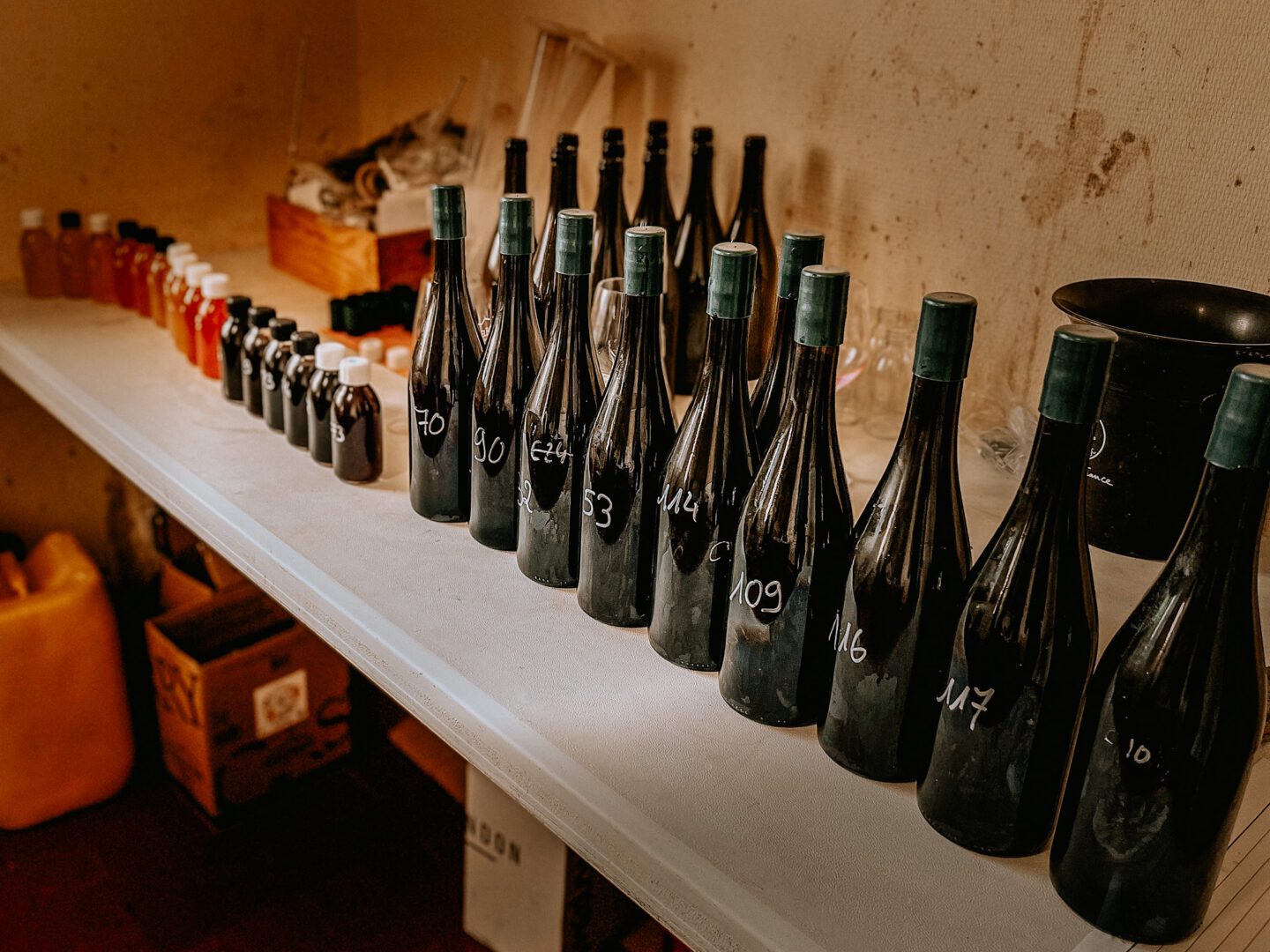
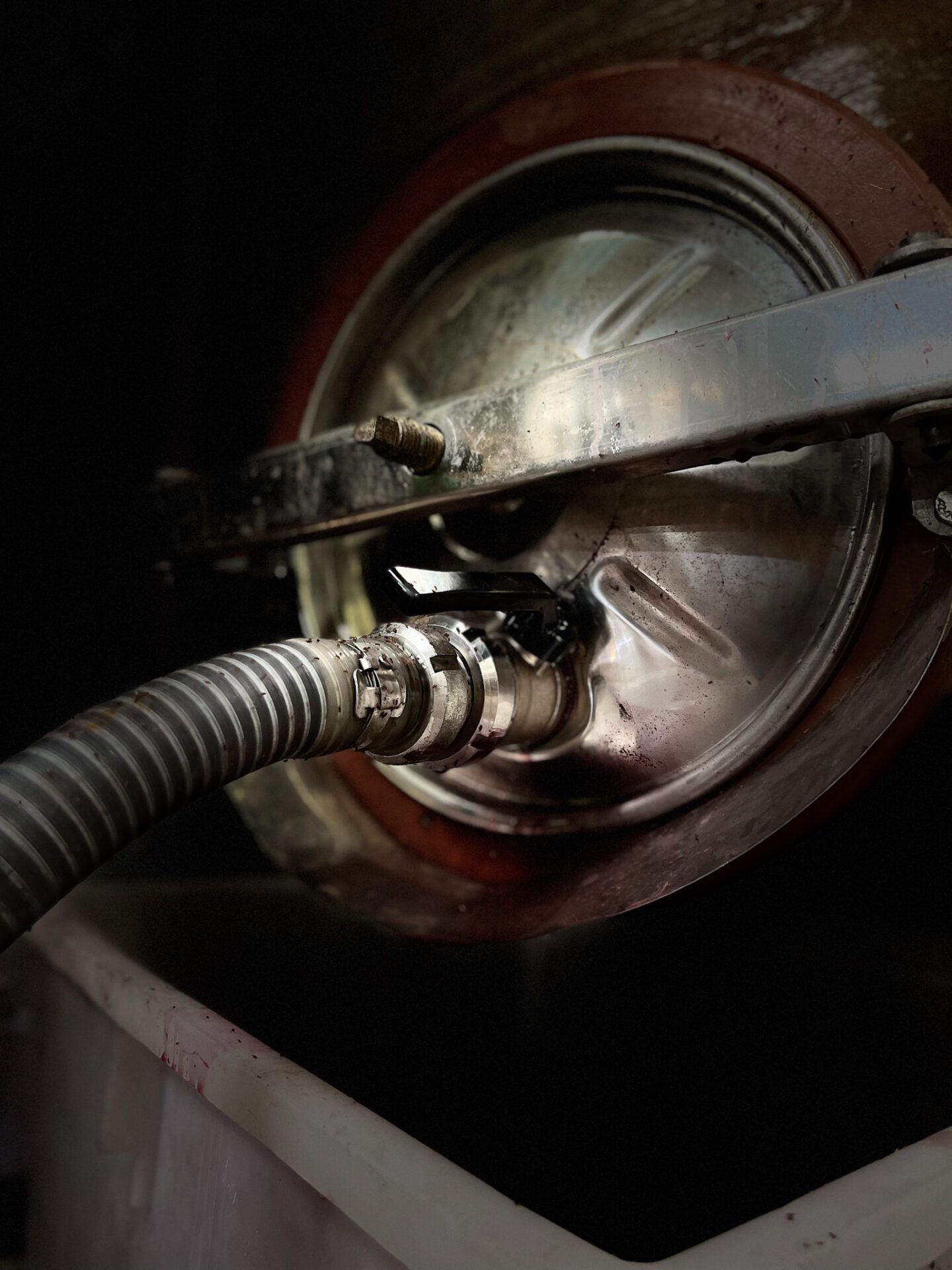
The Montpeyroux wines by Castelbarry
The majority of the wines are blends which, to me, seems a perfect metaphor for the local area and process: the harmony of the grape varieties complimenting each other and representing the intricate ecosystem of the Castelberry Cooperative’s spirit and mission.
Below are my three top picks from the tasting last month. These Languedoc wines from Montpeyroux are rich in flavor and with each sip you feel more connected to the positive and forward-thinking goals of Castelbarry. The wines are especially enticing because of their price tag, as both are under $25.

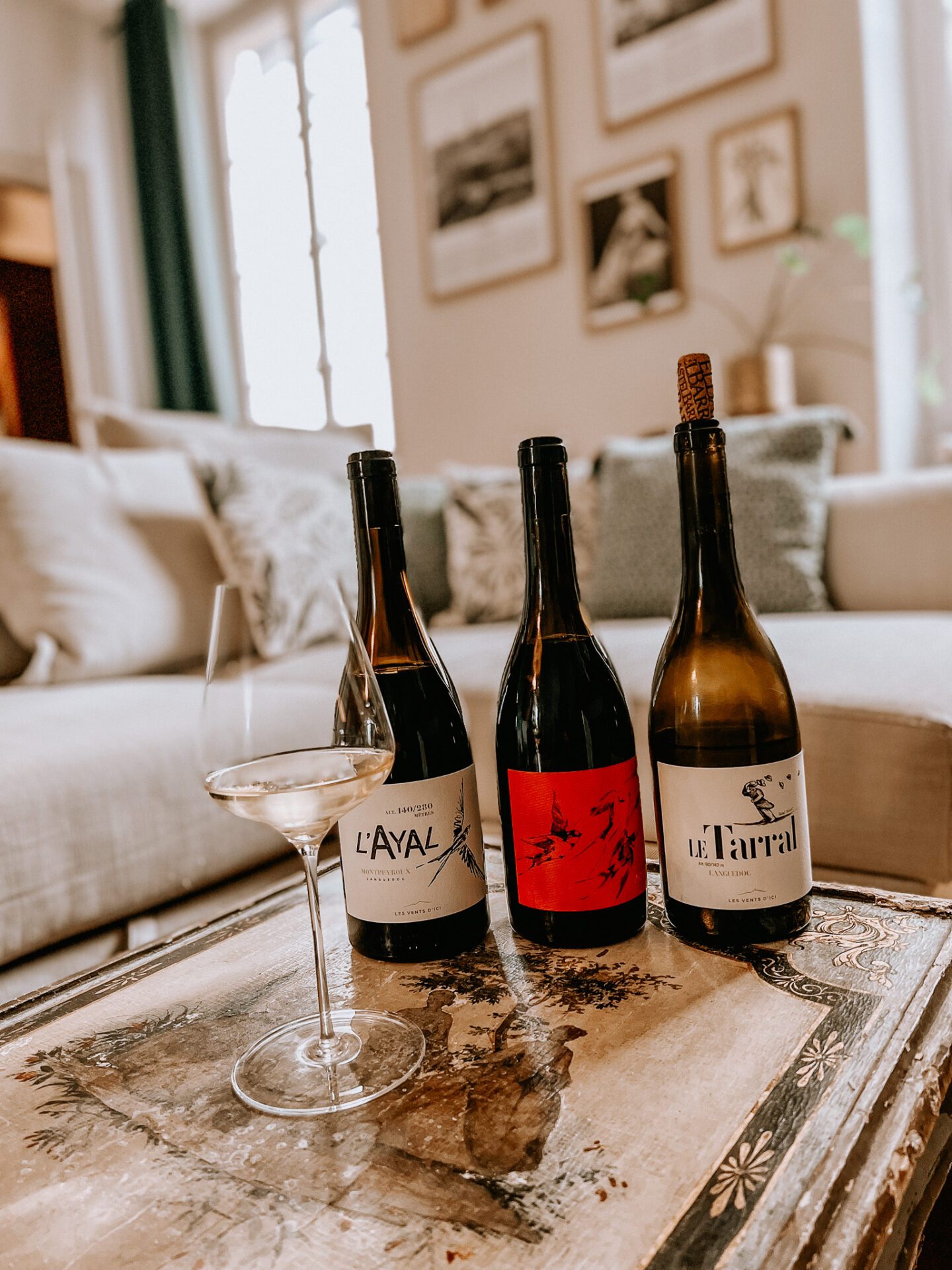
Le Tarrel Blanc 2021 Languedoc AOC: 80% white Grenache, 10% Marsanne, 10% white Carignan
Medium minus body, medium acidity
Color: Pale lemon
Aromas: Ripe pink apple, Christmas spices, rhubarb
Palate: Certain bitterness, like grapefruit peel or sweet lemon juice, which helps in preserving the freshness, stone fruits such as apricots
Pairings: Clams or mussels in a lemon garlic sauce, shrimp salad, crab dip, younger pressed cheeses like Comte or Manchego
L’ayal 2018 Montpeyroux Languedoc AOC: 50% Grenache, 20% Carignan, 20% Syrah, 10% Cinsault. Plots of old Carignan on soft limestone, Grenache and Syrah on clay-limestone soils.
Medium-minus acidity, medium body, light tannins
Color: Pale ruby
Aromas: Ripe red and black cherries, licorice and dark chocolate, dried or smoked herbs
Palate: Crushed cherries, cooked fruits, blackberry,
Pairing suggestions: Poultry With raisin fruits, chestnuts, gravy, turkey
Libre au vent 2016 Montpeyroux Languedoc AOC: 40% Carignan, 40% Grenache, 20% Syrah
Medium + body, medium tannin
Color: Medium brick red
Aromas: Black cherry, coffee, wet forest floor, cured meat
Palate: Black fruits, smoke, lingering finish, concentrated flavor, well integrated tannins
I urge you all to find the chance to taste them and imagine the area, its history, the important mission behind their project embedded in every bottle. To get more information about new wines, regions and pairings, sign up to my newsletter at: [insert link]